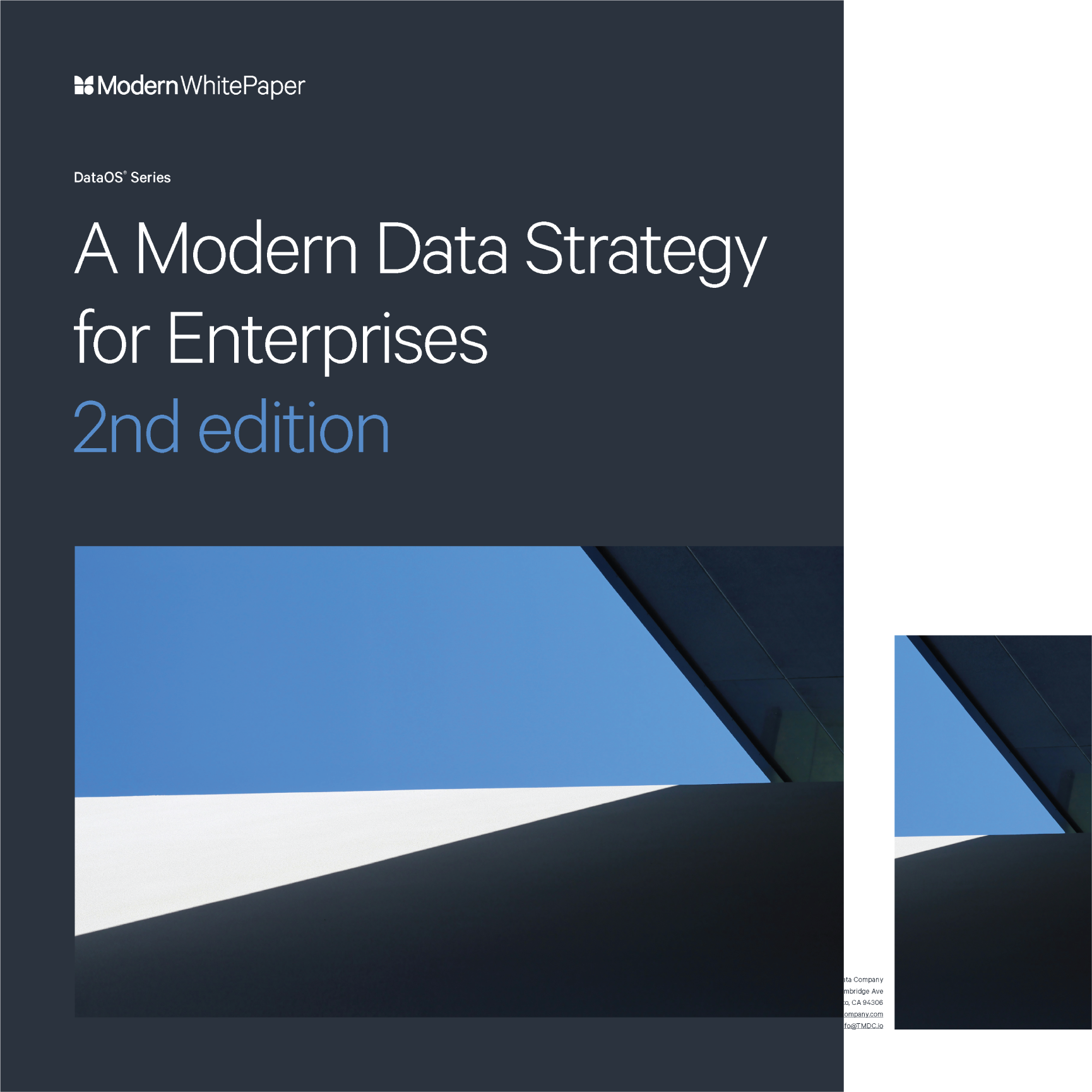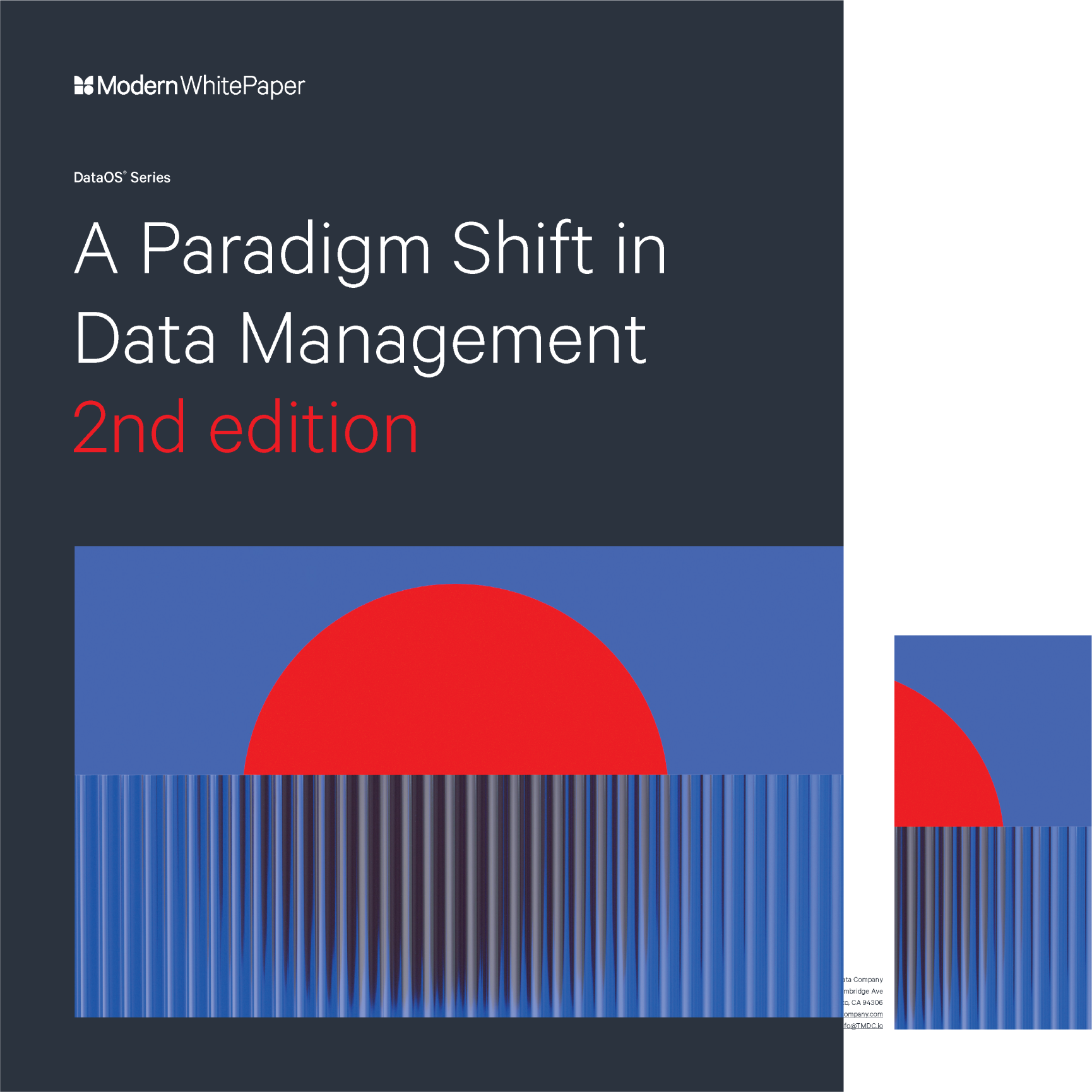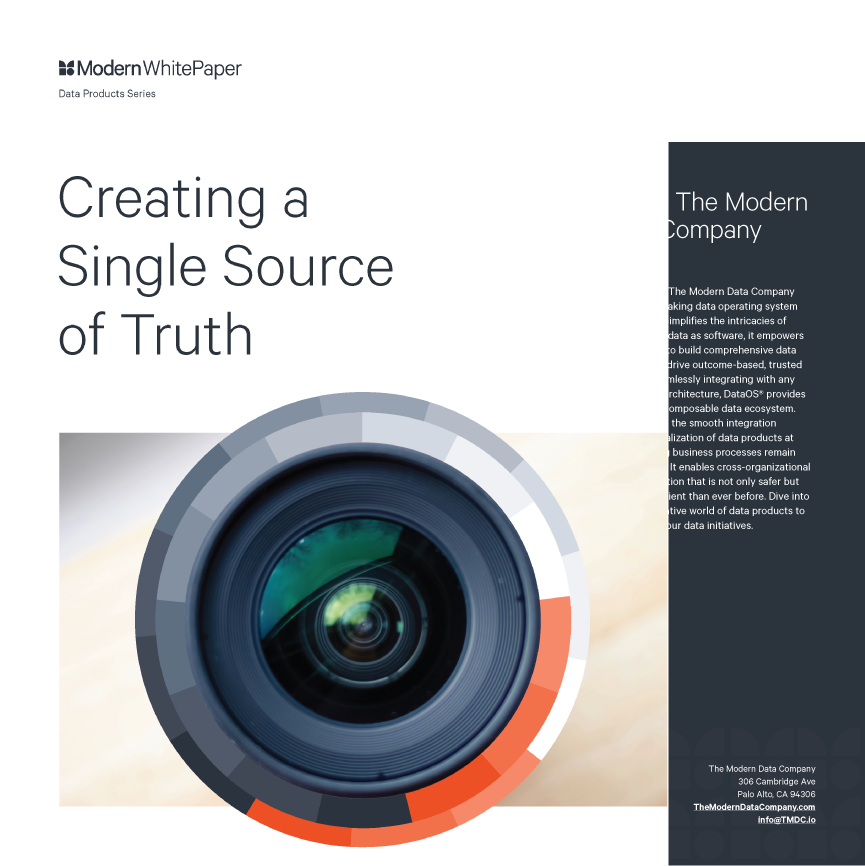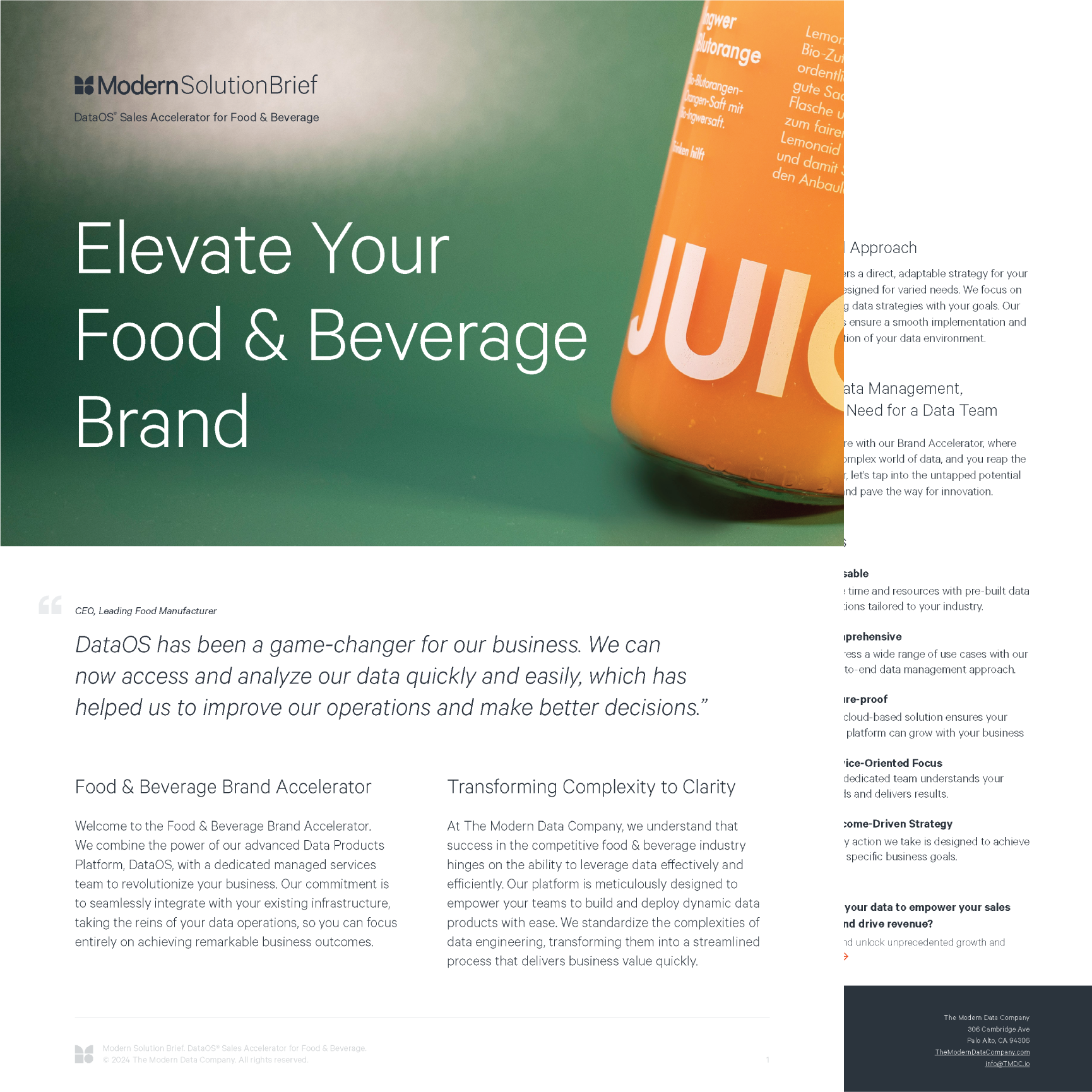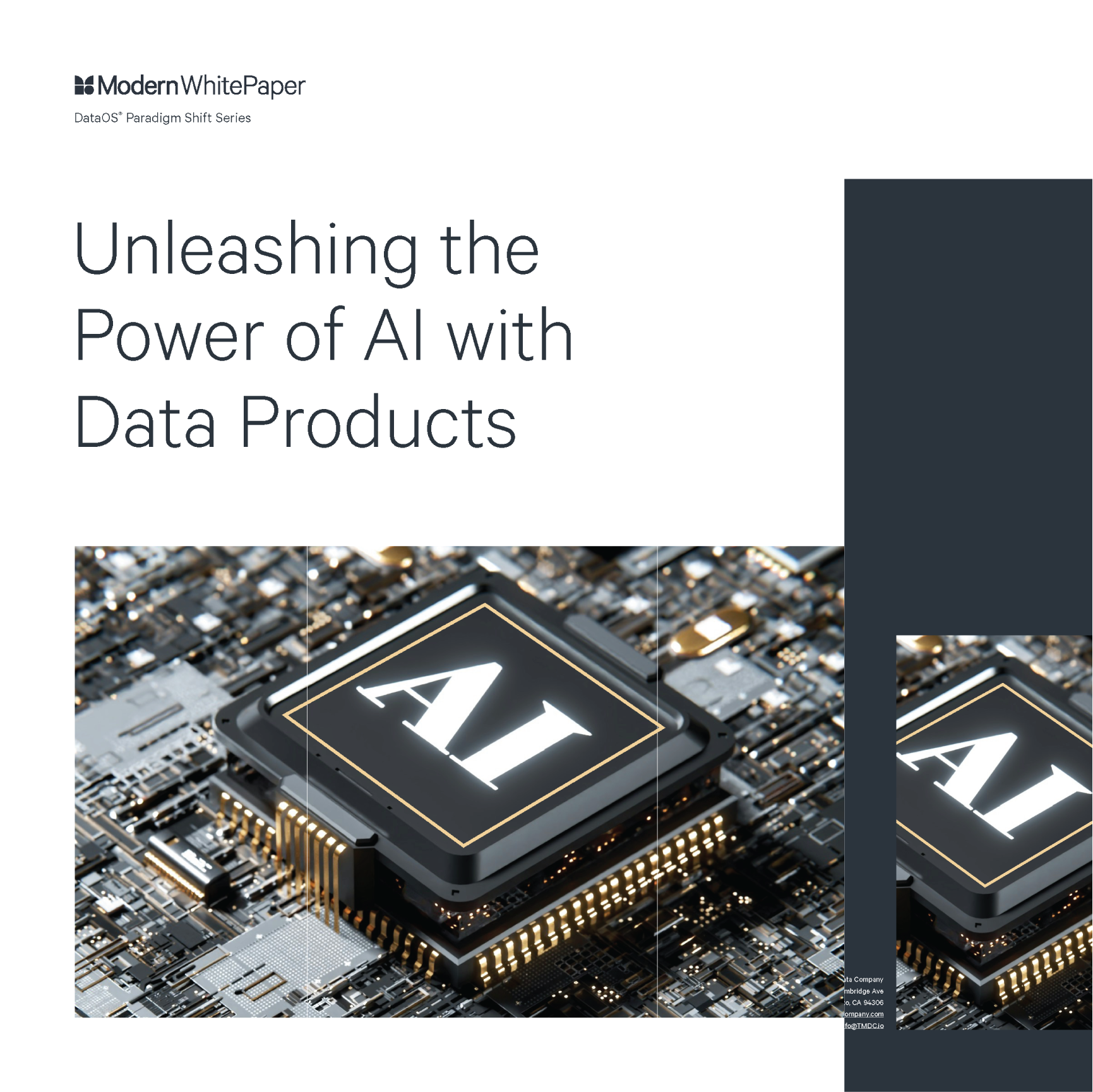Using Collaborative Intelligence to Future-Proof Business
Traditional ways of doing business are a death sentence for modern companies. In the 1950s, Fortune 500 companies had a life expectancy of at least 60 years, but today, they’re expected to last fewer than 20 years. What has led to this change?
Today, companies must have the mettle to weather disruptions, manage complex supply chains, and provide personalized service to customers, whether there are 10 of them or 10 million. Instead of operating like the slow, behemoth institutions of the past, even the largest companies are adopting agile and lean methods to make fast, yet impactful and precise, decisions at the drop of a hat. Collaborative intelligence makes doing this possible at even the enterprise level. Let’s explore why.
What is Collaborative Intelligence?
Fostering collaboration allows team leaders and decision-makers to access the varied knowledge, experience, and expertise of a broad cross-section of team members. Even before the advent of big data, companies knew how rare it was for one person to possess all the knowledge required to make a strategic decision. In today’s complex business environment, there’s no way a single department or executive team can be effective in making major decisions alone.
Collaborative intelligence focuses on deploying and fostering an environment where each human or (now) algorithm works together but retains a level of autonomy that allows for diverse input and innovation. In this context, algorithms span everything from classic predictive models to artificial intelligence to optimization processes. Without autonomy, the group overshadows the experience and knowledge housed in each individual. “A person is smart, but people are dumb,” as the movie quote goes.
That’s a harsh judgment about human nature, but there’s a grain of truth present in it. What makes the idea of collaborative intelligence so attractive is that it encourages everyone to provide guidance based on their expertise within the company’s context. That guidance is then collated alongside the input from others to come up with a final set of ideas for decision makers to review. It provides decision makers with a diverse array of opinions and data to make their decisions, while enabling a broader range of assets (human and algorithmic) to provide input to the process. It’s a pragmatic shift in modern business expectations. Namely, that disruption is a constant, not an exception. Embracing disruption is the only way companies will survive until that 20-year mark, much less survive beyond it.
Collaborative intelligence originally meant putting together great teams and letting them brainstorm — think about Apple’s famous experiments with “chance meetings.” Today, companies need collaborative intelligence more than ever. But they need it housed within a data framework that encourages active data sharing with all stakeholders so that they can consider both data and the output of algorithms as part of the process.
Enabling the People
Data offers insights into company operations, and artificial intelligence can automate many of those processes. However, strategic decision-making requires the expertise and input of different employees and departments in addition to data gathered from automated processes. One challenge for modern businesses is facilitating the collaboration needed for strategic decision-making because, while necessary, collecting the input from a range of individuals is time consuming and often messy.
A data fabric provides a collaborative space for employees to access and, more importantly, interpret data in real-time to make these strategic decisions. A data fabric links together different data tools and repositories while removing silos … all without sacrificing security. In other words, each stakeholder can access the data they need in real-time across the boundaries of data formats and tools. Once stakeholders have the ability to explore the data as they desire, they’re better able to uncover critical insights and make interpretations specific to their experience.
Freeing the Data
How do organizations provide the data access team members require for collaborative intelligence without losing sight of things like security and privacy? A data fabric not only knits together a wide array of tools and data sources to make collaboration easier, it also allows decision-makers and IT to set granular governance controls that protect the data and place guardrails around how it can be used by any given individual. Even if data is as free-flowing as it should be, it remains protected and is provided only at the level of granularity and complexity appropriate for each user in context of the question they are attempting to answer.
Once decision-makers have assurances that data remains protected within a data fabric, different departments and stakeholders can access it freely without going through the gauntlet of IT over and over again for each new question. The data fabric enables autonomy so that departments can make data-driven decisions at their own pace and in their own way while being confident that the process is secure and accurate. Once decision makers gain confidence in the data fabric and experience the benefits it offers, their commitment to making use of data will only increase because the barriers to using it are so much lower.
Stepping Toward Collaborative Intelligence
Gathering and storing data alongside tools to analyze it is only the first step. Making the access, usage, and analysis of the data as simple and secure as possible is necessary in order to maximize stakeholder adoption and value generated. Shifting a company towards collaborative intelligence involves both technical and cultural adjustments from the practices of the past:
- Adjust attitudes: Don’t think of a leadership team as having all the answers, ready to dictate decisions down the chain. Instead, leaders should be asking the right questions of their organization, allowing those with different experiences and knowledge to come forward with thoughts, concerns, and solutions after exploring the relevant data. Then, decisions can be made after synthesizing that input alongside the leader’s own opinions and experience.
- Find the right tools: A data fabric can open data up for those who need it, making sure the data is available, validating data quality, handling varied data formats, enabling disparate tools to access it, and keeping it all secure. A data fabric turns data from something organizations capture and store to something they can make use of efficiently and effectively. It provides team members with the resources to answer the questions their leadership is asking.
- Measure and iterate: Collaborative intelligence and data-driven decision making require clear, measurable goals. The entire purpose of collaboration is to have a flexible approach that can change based on needs identified through that collaboration. It is important to identify metrics that will be used to measure the success of collaboration itself, as well as the data and analytics processes that flow from the collaboration. Then, adjust the metrics, and the goals based on those metrics, over time as results are realized.
Focusing on the items just discussed will help even large companies adopt the type of agile processes that will enable them to weather disruption and adapt quickly.
Using a Data Fabric to Enable Collaborative Intelligence
Collaborative intelligence requires a unified data framework that both frees and protects data. The less that users need to focus effort on gaining basic access to data and manually extracting individual insights, the better. The goal should be to provide seamless access to a wide range of data and analytics so that the users can focus on answering their business questions instead of being caught in a quagmire of technical activities that take time and cause frustration.
One approach to a data fabric has been productized as the DataOS offering from The Modern Data Company. To see how DataOS can transform your use of data to drive value, contact us to schedule a consultation.








